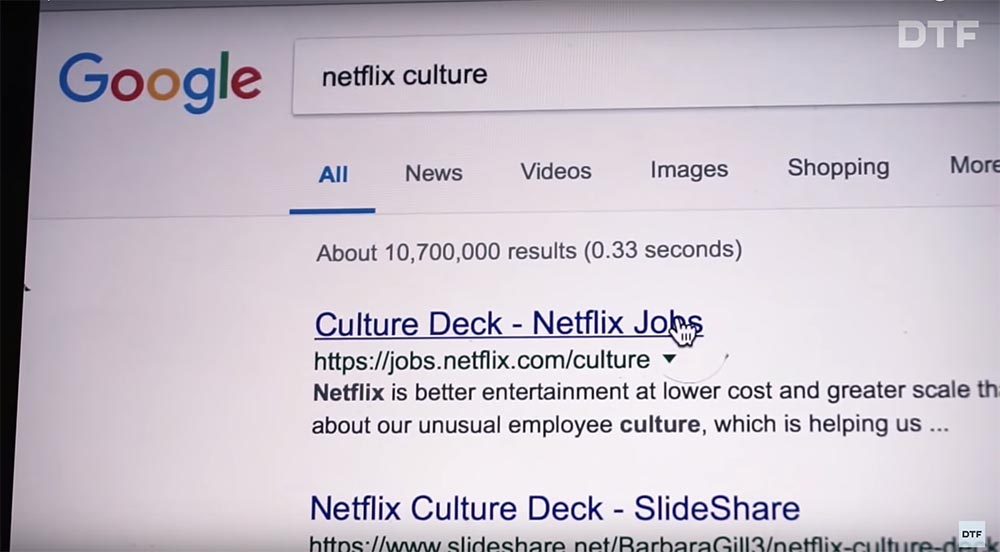
Hello! With you Yefim Gugnin! And today we’ll try to figure out how Netflix works. And for this we have to rewind a little time back.
1997 year. The Internet is just gaining popularity and so far connects a pathetic 10 million computers.
People watch all series and films in cinema, on cable or on-air TV, or they order video at the box office. During this difficult time, the 37-year-old Reed Hastings, a former military and Peace Corps employee, and now a computer engineer and entrepreneur, decides on a gamble.
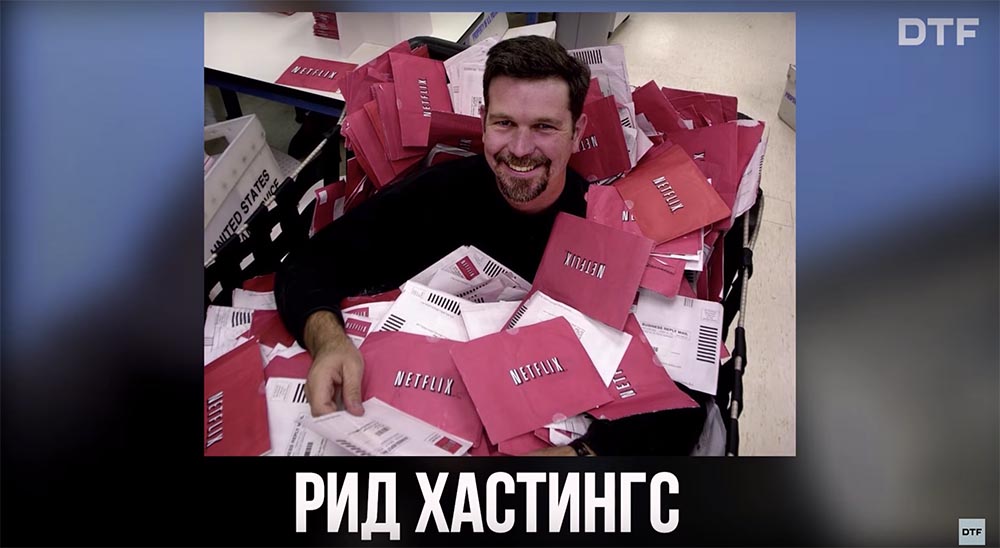

Together with his friend Mark Randalf: he opens a DVD rental business and names the company Netflix.
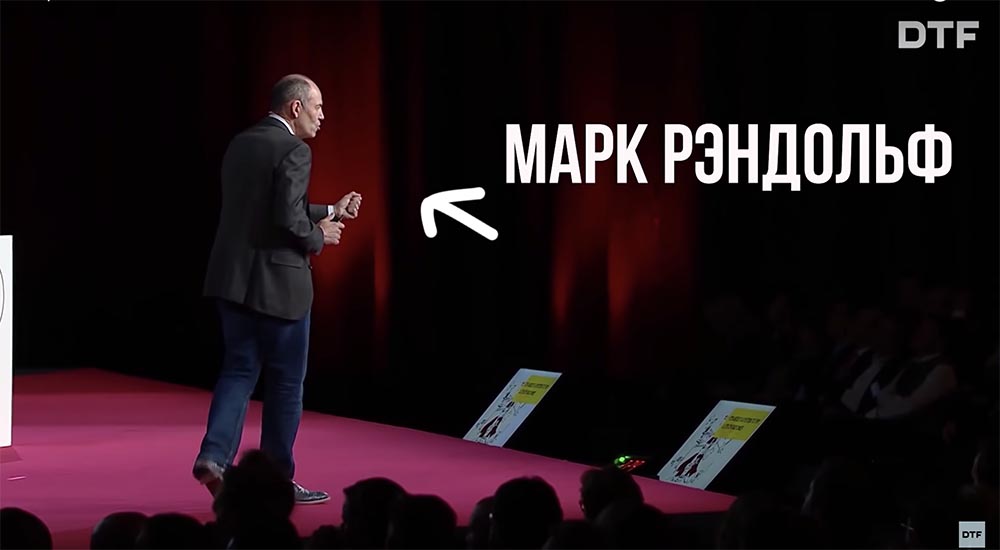
Why a gamble? Firstly, the Blockbuster market, which is clearly in no hurry to leave the leading position, rules the video rental market almost exclusively; secondly, at the time of the launch of Netflix, the DVD format exists for only a few months, its commercial success is not obvious, and most families still use VHS tapes. And finally, instead of giving customers the old-fashioned way to rent movies in video distribution, Hastings decides to work exclusively through the Internet and deliver discs to his home.
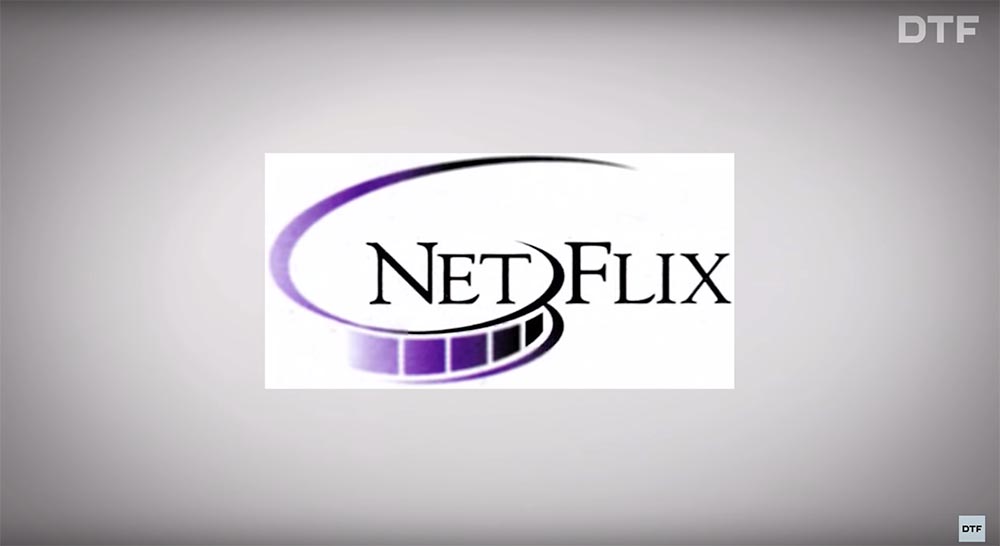
And although now this seems like a mundane and in all respects a comfortable solution, many businessmen in 1997 did not openly understand it: they say, why should a client climb some network and order drives home if he can just get out of the couch to the nearest point "Blockbuster", which at that moment were literally everywhere.
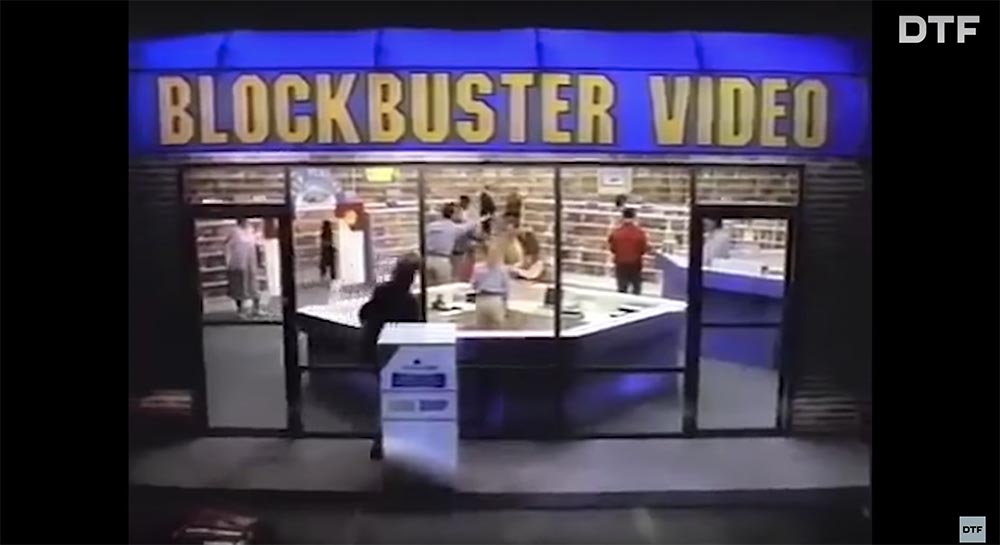
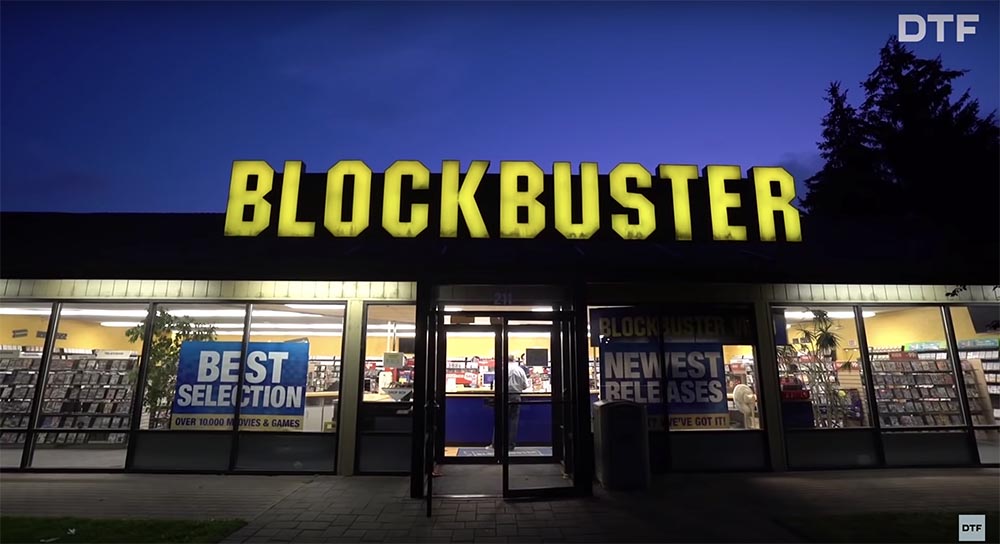

But unlike them, Hastings understood a very simple but important truth for the coming digital age: people do not like to get up off the couch.
Do you know that people love even less than getting up from the couch? Fill out papers, sign contracts, calculate expenses for couriers and mail, nervously mark the days on the calendar, so God forbid not to delay the rental of the drive and get a disproportionately large fine over the usual fee.
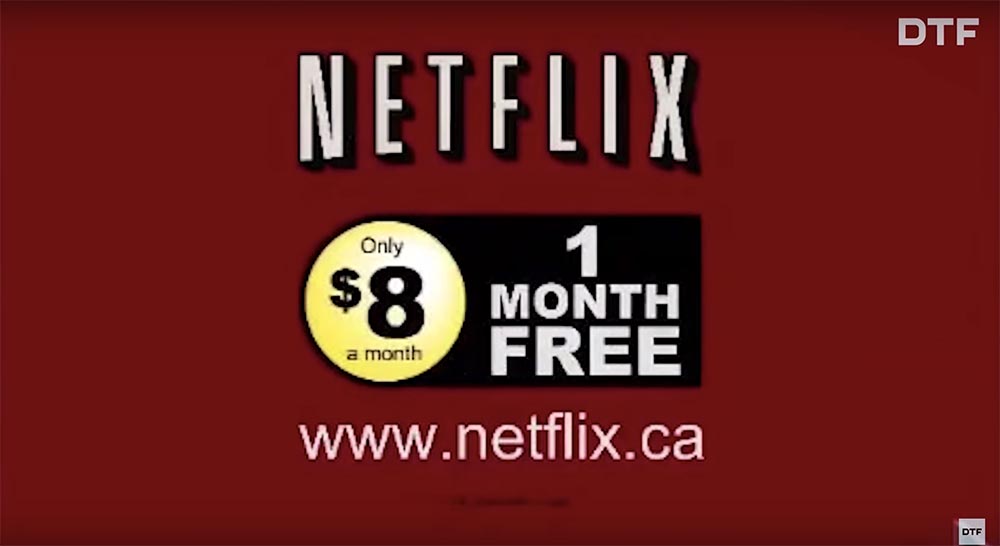
All these minor, seemingly obligatory troubles that other companies simply did not pay attention to, taking them for granted, Netflix wanted to minimize to a simple set of actions: clicked - received - looked - sent back.

Netflix took over all the paperwork, and in 1999, it also changed its one-time lease to monthly unlimited subscriptions. Now the client, with all his desire, could not overdue the rental of the disk. Is that to steal him, than, oddly enough, in the nineties-zero criminals actively traded.
Many met the idea of unlimited subscription, to put it mildly, with skepticism. Analysts foreshadowed that the system would be unprofitable, and not only because of the treacherous "disk sorcerers." After all, customers can rent so many films if they wish that they simply exceed the cost of the subscription.
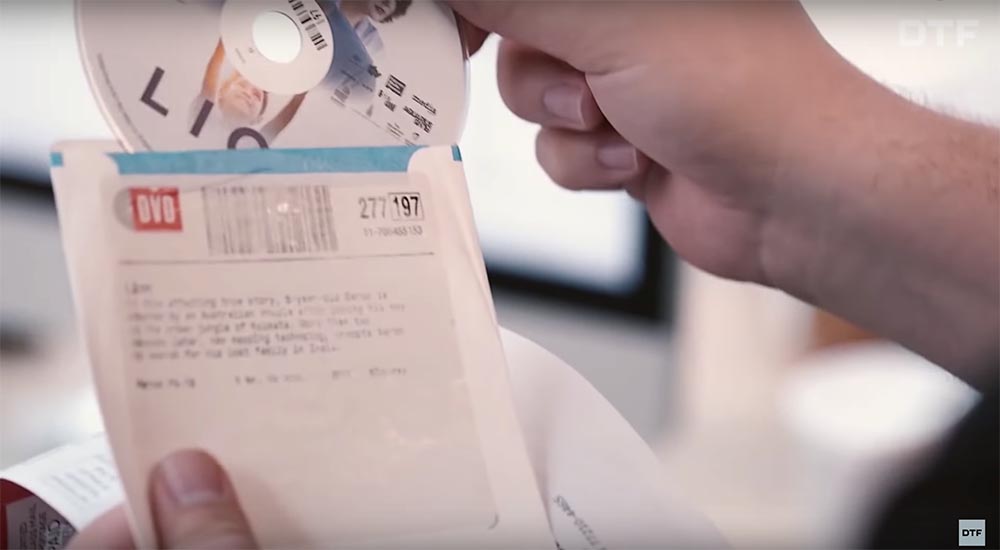
It was not so difficult to do this, especially since the delivery at Netflix worked quite quickly. Instead of sending everything from the central office, like other companies, Hastings farsightedly located branches throughout America, and later in Canada, so that people from any state could receive discs in the shortest possible time.
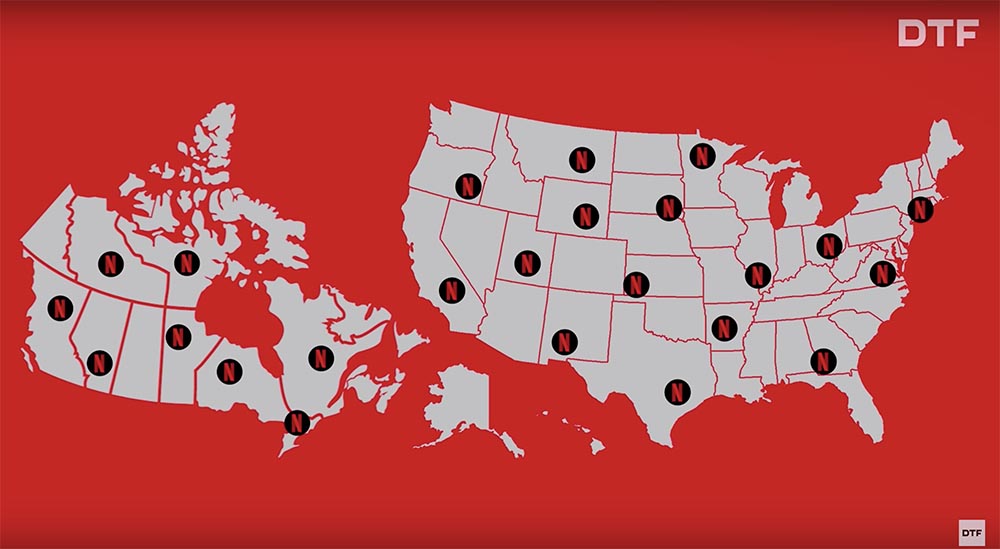
And this time, the skeptics' fears seemed to be justified: some customers really exceeded this unwritten limit. Against such desperate home-born “synephiles,” however, they soon came up with a protection system, not very honest, but absolutely legal - it is known as Throttling.
Its essence is as follows: if at Netflix’s warehouse there was only one copy left, say, “People in Black”, and two clients ordered the painting at once, then the package was sent to the one who rents less often. And the second had to wait until the parcel arrived from another branch of Netflix.

But even this system did not save the company from losses: by 2000, Netflix began to gradually lose profit. At some point, the owners of the Blockbuster even tried to buy the company. They did not come to an agreement. The Blockbuster did not agree with the price of $ 50 million set by Hastings and, of course, made a fatal mistake.


However, one quick delivery and unlimited subscription was not enough to take a strong position in the crowded video rental market, and even with the beginning of the 2000s, Netflix had competitors who mastered the Internet and remote communication with customers. Even the conservative “Blockbuster” at one point launched its own delivery service.
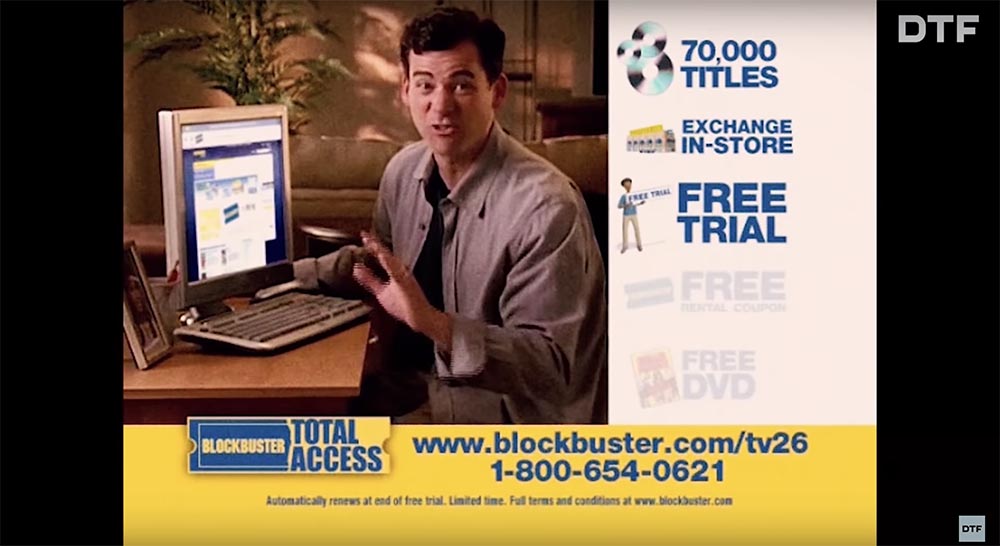
So what distinguished Netflix against their background? First of all, content. Netflix rivals didn’t think much of the movie library.
The same "Blockbuster" as much as 70% of the catalog consisted of new releases.
Netflix has only 30.
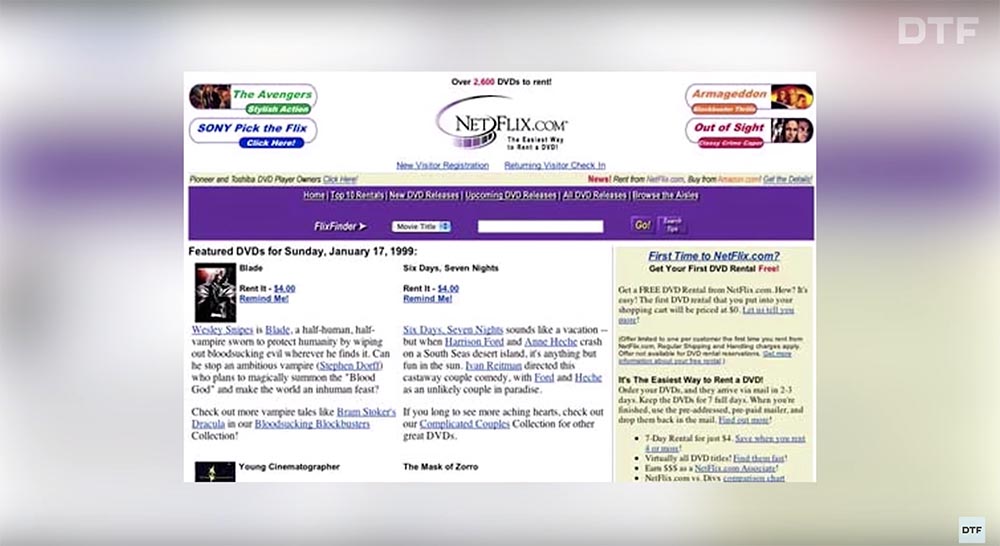
The rest is a movie of any years and genres, from mute classics to the strange "grindhouse". The company sought to cover all tastes, including the most specific, and was constantly expanding the library. If at the time of launch in their catalog there were only 952 paintings, and more then on DVD they did not exist, then by 2005 the number had increased to 35,000.
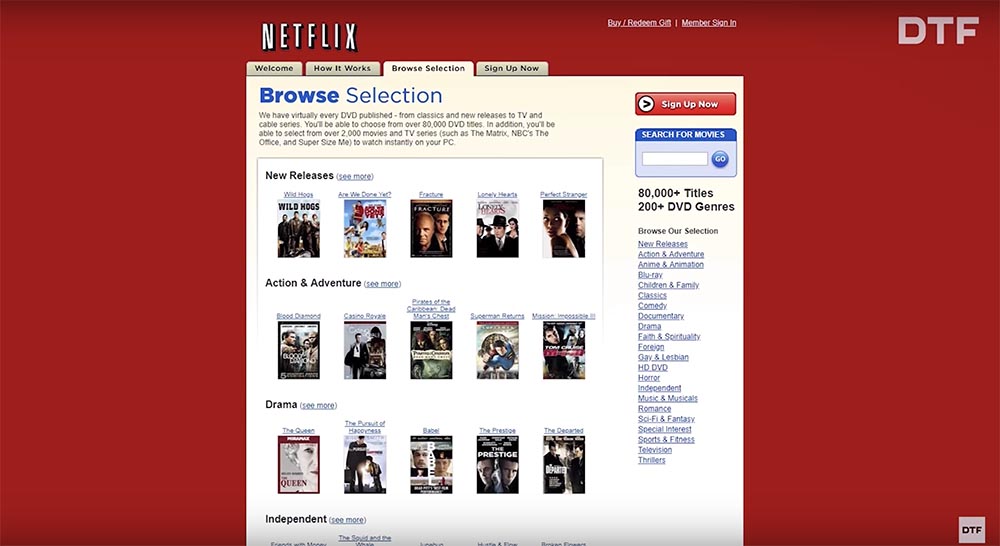
But the main thing that distinguished Netflix was its algorithms. A complex chain of microservices and small independent programs to fine-tune the site for each specific user. They select films and TV shows that are more likely to please the client so that he comes back again and again.
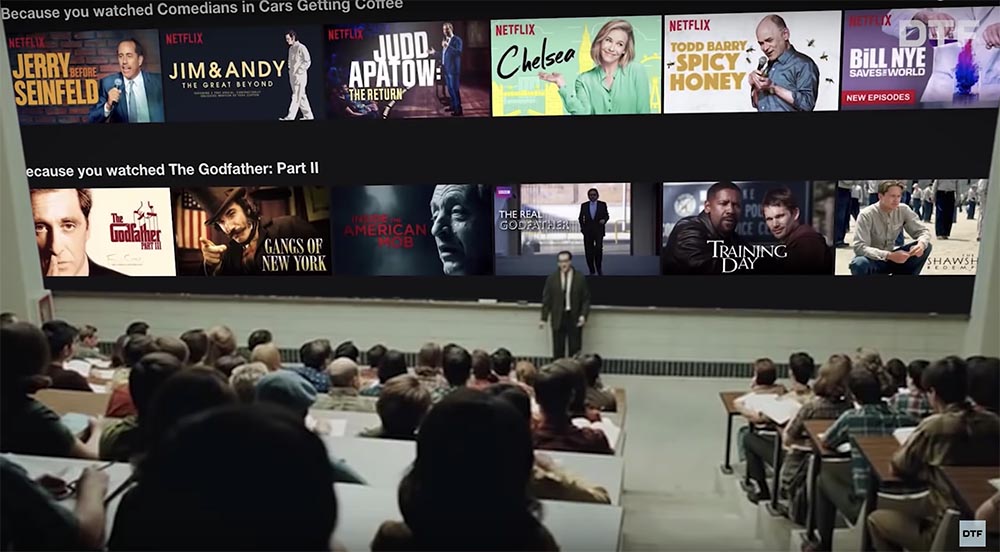
In essence, this is a digital replacement for those very poor bored rental workers who tried to decipher the confused desires of customers.

The first such algorithm, Cinematch, successfully selected in 75% of cases. It is successful in the sense that the recommended film received ± half a point from the rating of the film, on the basis of which the recommendation fell.
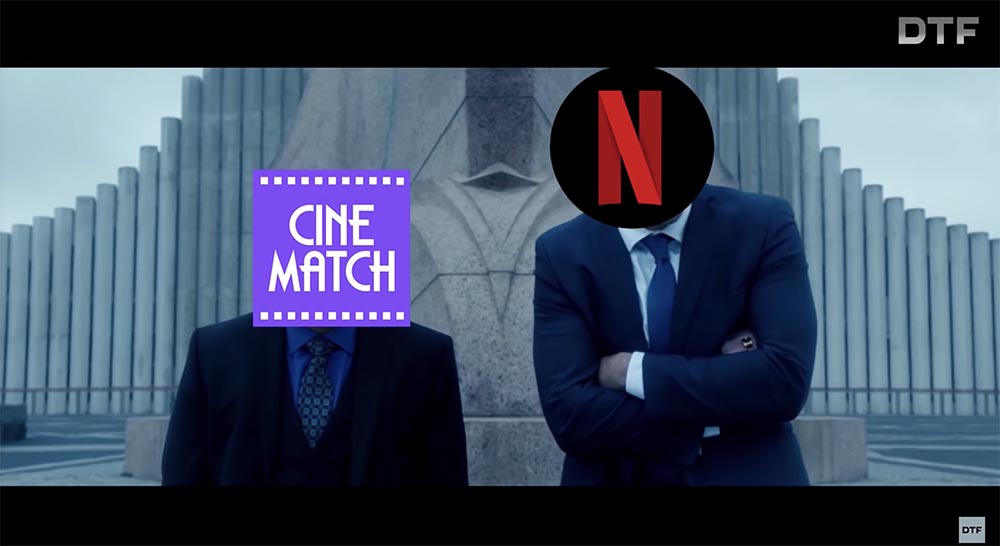
Cinematch immediately took into account several factors: the first - the films themselves, sorted by genre, year of release, directors and actors; the second is the ratings of an individual client, a list of his rented films and those that he has put in line; and finally, the third is the overall rating of all Netflix users.
This system helped Cinematch to avoid commonplace type, if you put "Pulp Fiction" and set it high, then you will be recommended "Mad Dogs". Cinematch built much farther parallels based on the ratings of other users and often produced completely unclear results.
It works like this: let's say you ordered and praised "Pulp Fiction"; Cinematch finds other people who also praised Pulp Fiction; Cinematch then finds out what other films these people rated highly and, for example, suddenly discovers that several people praised Beib the Four-Footed Baby at once.
It compares the number of these people and calculates the probability with which you personally may like Babe. Having finished, he continues the chain, linking together more and more, it would seem, not very similar films. Cinematch could equally well recommend classics, blockbusters and independent cinema, not limited to recommending only popular films.

Of course, it is based on dry math. But, unlike other similar systems, which are fixated on popular names and genre affiliations, it rather imitates something like word of mouth, a chain of completely live recommendations from people with similar tastes.

And, according to an article in the New York Times, this system has led people across America to pay much more attention to independent releases, including those that have not raised a lot of money in movie theaters.
For example, it is believed that it was Netflix that saved Francis Ford Coppola's Conversation from oblivion. It could not be found in video rental stores and was not played on TV.

But Reed Hastings 75% was few.

He is not at all one of those who agree to be “good enough,” and in 2006 Netflix launched a competition to create a new recommendation system with a prize pool of $ 1 million.
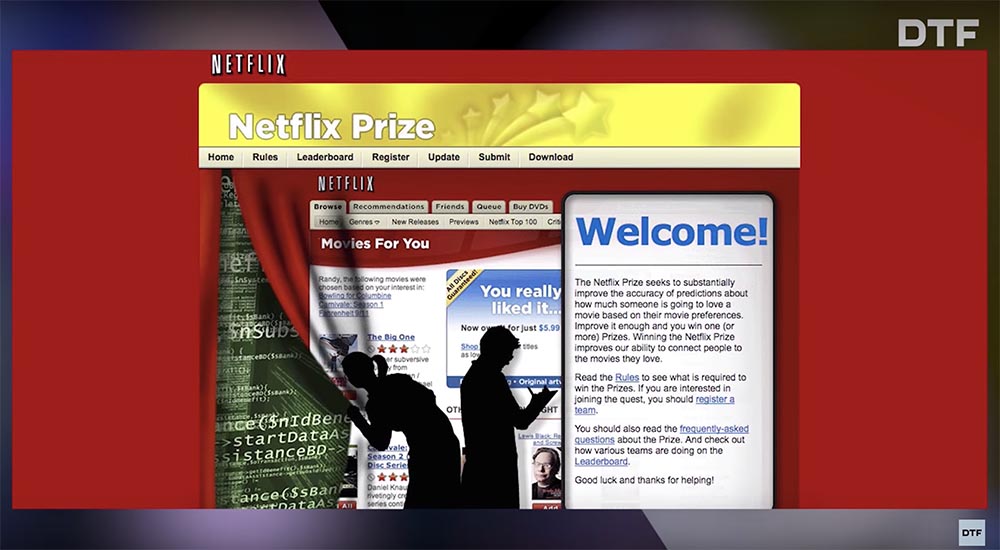
In 2009, the BellKor`s Pragmatic Chaos team won the prize - their algorithm worked better than Cinematch by as much as 10%.

Now the Netflix algorithm works not only with ratings of users, people with similar tastes, but also with its demographic data - gender, race, place of residence. Moreover, it adjusts everything for the Netflix client, right down to the posters of its films and series.


So, recently, the SkyNews portal raised a scandal: they noticed that Netflix shows special adapted posters to dark-skinned users, in which dark-skinned heroes are brought to the forefront, even if they play very secondary roles in the film itself.
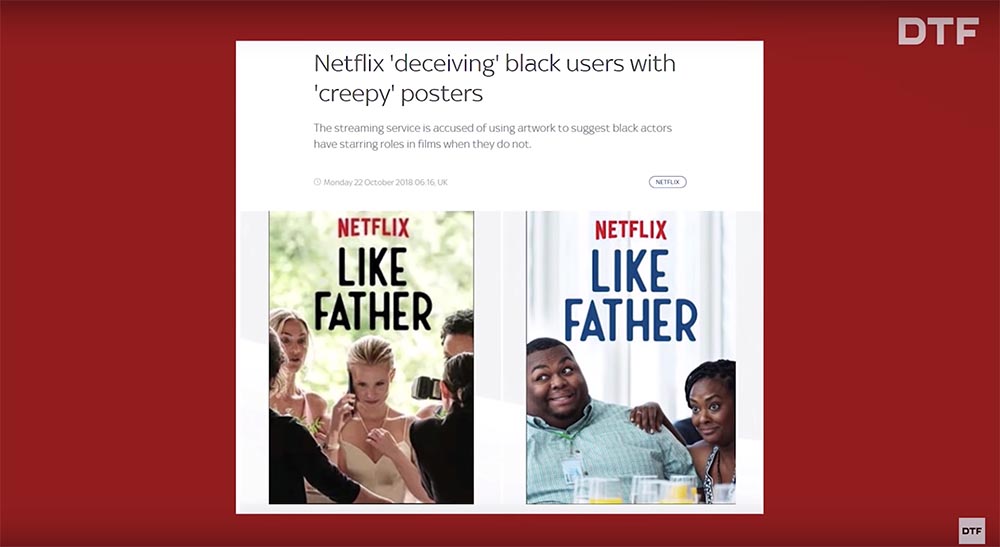
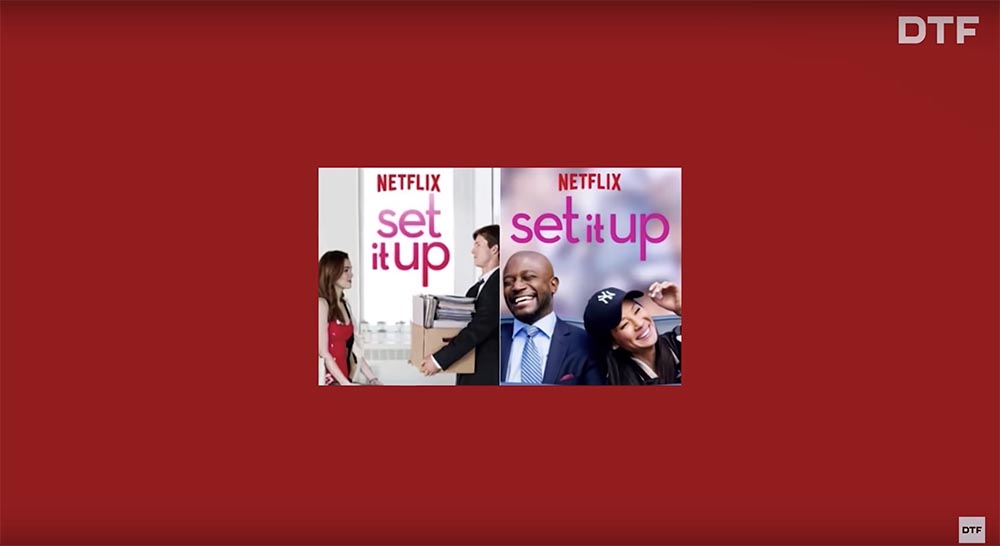

Accordingly, the more you use Netflix, the more data the site collects about you and the more personalized the home page looks like. Creepy? Perhaps. But apparently it works.
In 2007, Netflix announced a beta test of The Watch Now, a new service that offers customers to watch movies in online streaming format instead of renting DVDs. This is the direct ancestor of the Netflix as we know it now. Unlike many competitors, whom the popularity of the Internet baffled and led to bankruptcy, as happened with the same Blockbuster, Netflix was ready for a change.
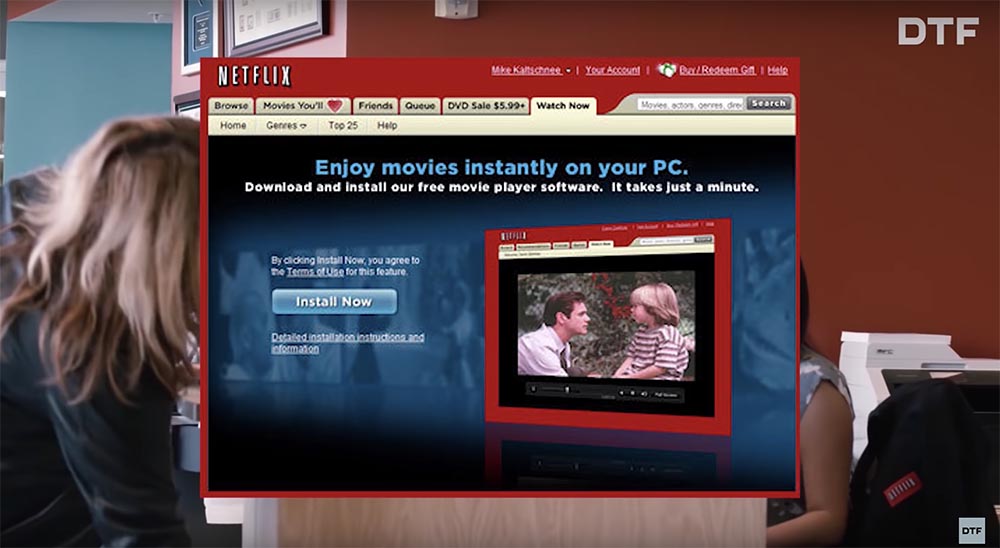
In order to simplify the viewing process and create a recommendation system, Netflix used the digital era from the very beginning. Getting up from the couch is no longer necessary even to accept delivery.
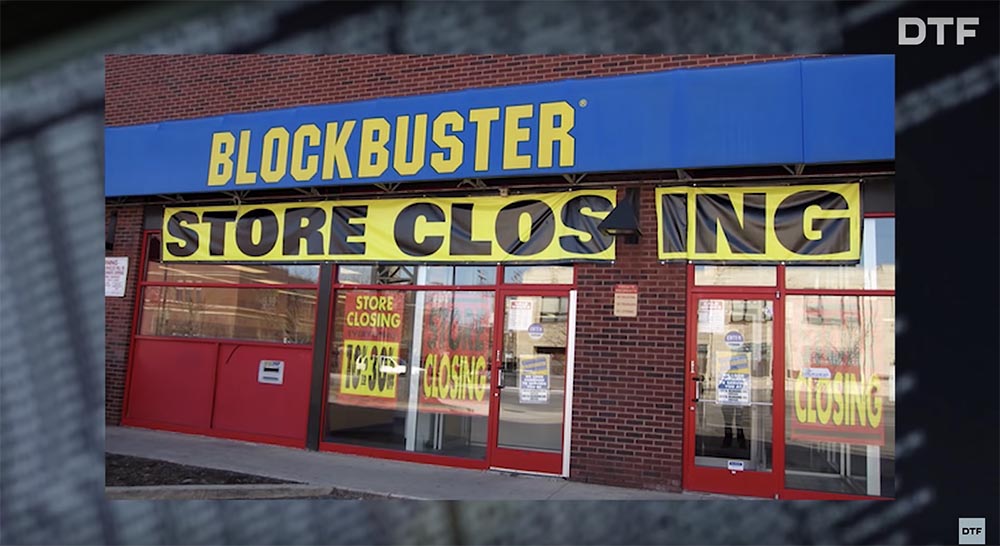

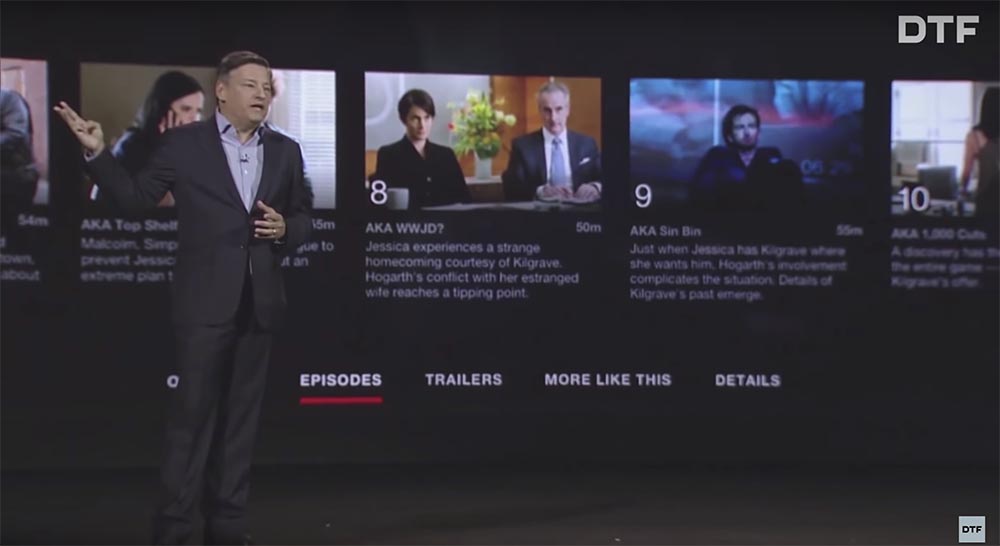
Distribution points throughout America have evolved into a network of servers that quickly transfer movies from a huge catalog to anywhere in the world, all in the highest resolution.

Advanced algorithms make millions of recommendations every second so that clients couldn’t stop and watch, and watch, and watch, and watch, and watch ...
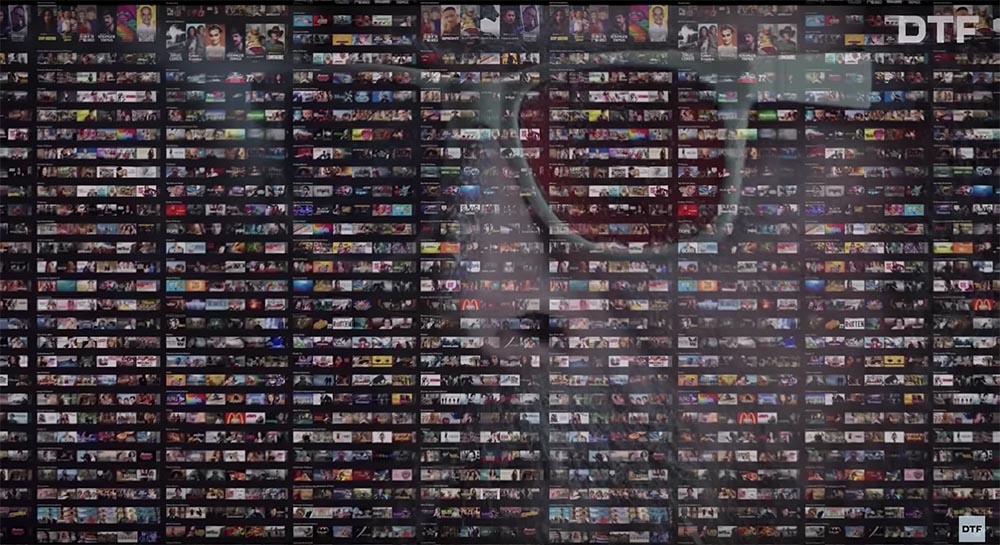
Since 2013, Netflix, which already had experience in creating original films, began to produce original content for its service. The first series to proudly carry the Netflix Original die was the House of Cards, an adaptation of the 1999 BBC series of the same name.

The choice, by the way, is also partially based on dry mathematics: the thing is that the original British mini-series was very popular among Netflix users. In 2015, Netflix began a partnership with Marvel, which, however, has already ended. In 2016, after rebranding, the company finally went beyond the continent and began working in 150 countries around the world.

In 2017, Netflix purchased the Millarworld publishing house, Mark Millar, the author of the Kicks and Kingsman comics. In 2018, he made a deal with Paramount to create joint films and in the same year received the first nomination for the best film at the Oscars for Roma by Alfonso Cuarona. In 2019, most recently, Netflix signed an agreement with Dark Horse on the creation of series based on comics.
Obviously, the company is not going to slow down: since 2013 they have released 249 films and more than 400 series, not counting those for which they bought the rights after production. They plan to dozens of times more, including new films by Martin Scorsese, Ron Howard, Charlie Kaufman, Zack Snyder, Noah Bomback and, suddenly, Michael Bay.
Of course, Netflix still has a lot of unresolved problems: a strange regional policy in which clients in countries like Russia pay the same amount as in the USA, but get a dozens of times smaller library of films and TV shows; a large number of frankly passable content, especially among feature films; finally, the attitude to the movie theater is not very adequate - it’s still a shame that the same “Roma” and “Irish” Scorsese cannot be seen on the big screen outside the USA.
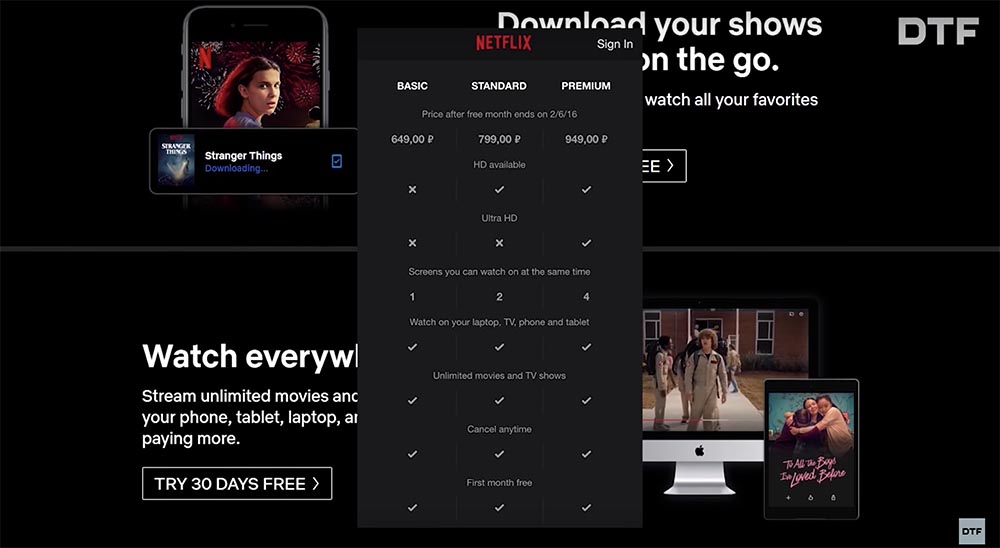
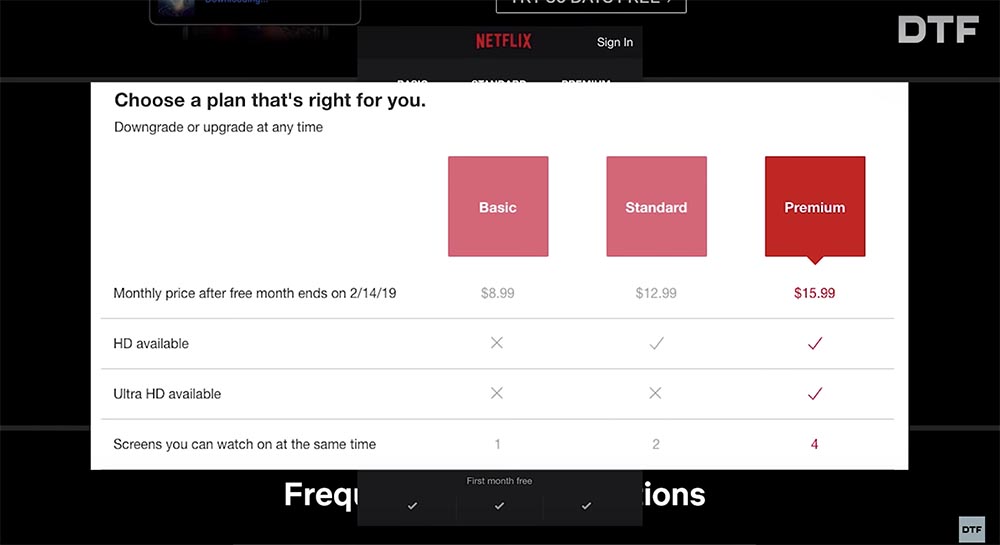
But to deny that Netflix, like its streaming rivals like Amazon Prime and Hulu, forever changed the film and serial industry, is pointless. The content has become tens of times more, the competition has increased, small author films finally got their way around cinemas that have long been captured by large blockbusters. TV shows now do not have to wait for their broadcasting and cable superiors to give them an adequate place in the movie screening grid.
And their influence is not limited to the creative part of the film process. Netflix, again, for purely marketing reasons, has been moving the technical part of the film industry forward for several years. So, in 2018, the company banned the authors filming original content for it from using the Arri Alexa cameras (for a second, the most popular in Hollywood).
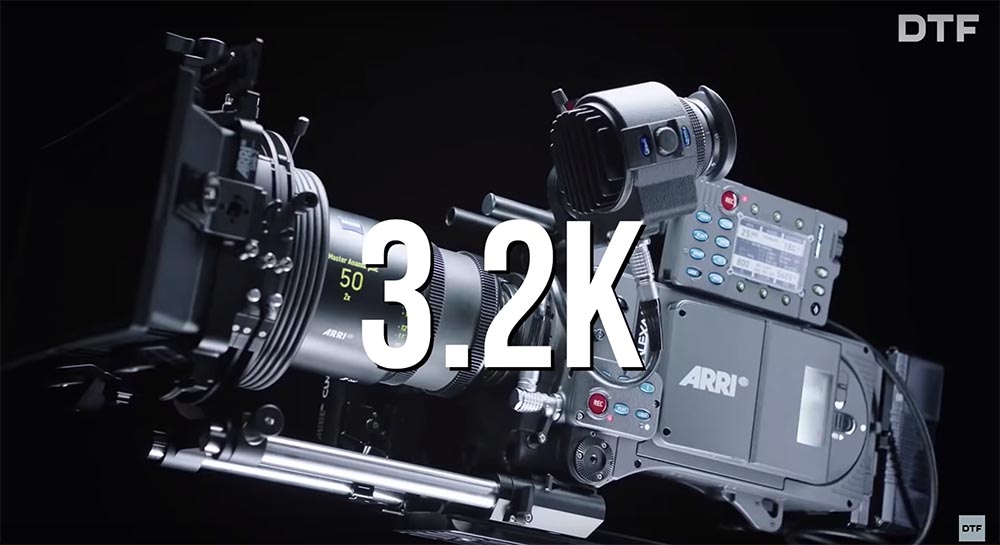
And all because it supports the maximum resolution of 3.2K, and Netflix requires all 4K according to the standard. After long bickering and scandals, ARRI released a new camera with a 4.5K sensor.

Netflix even obliges its authors to use HDR and Dolby Atmos technologies, and recently the company launched the Netflix Post Technology Alliance shooting technology development program. Now all tools, from cameras to software, which meet the company's standards, can use their logo.
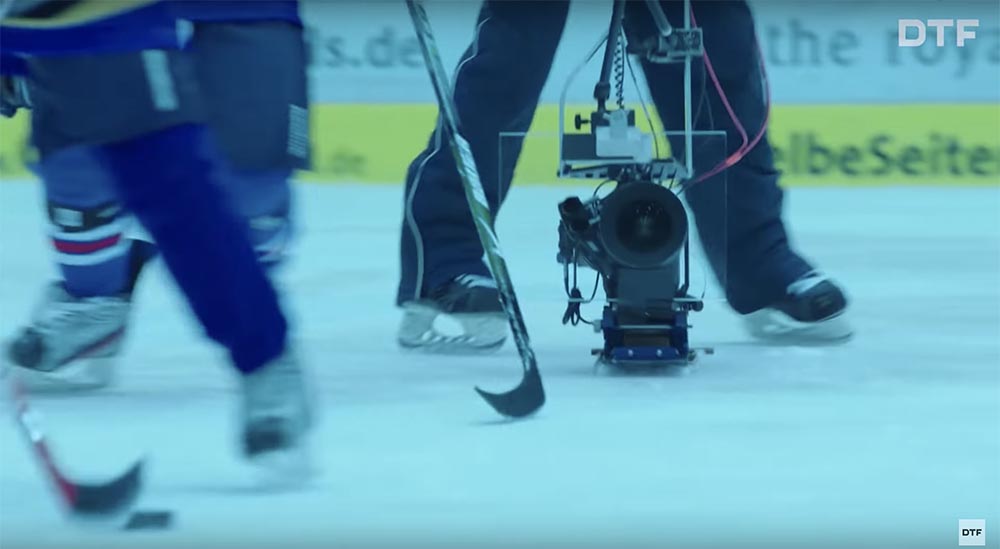
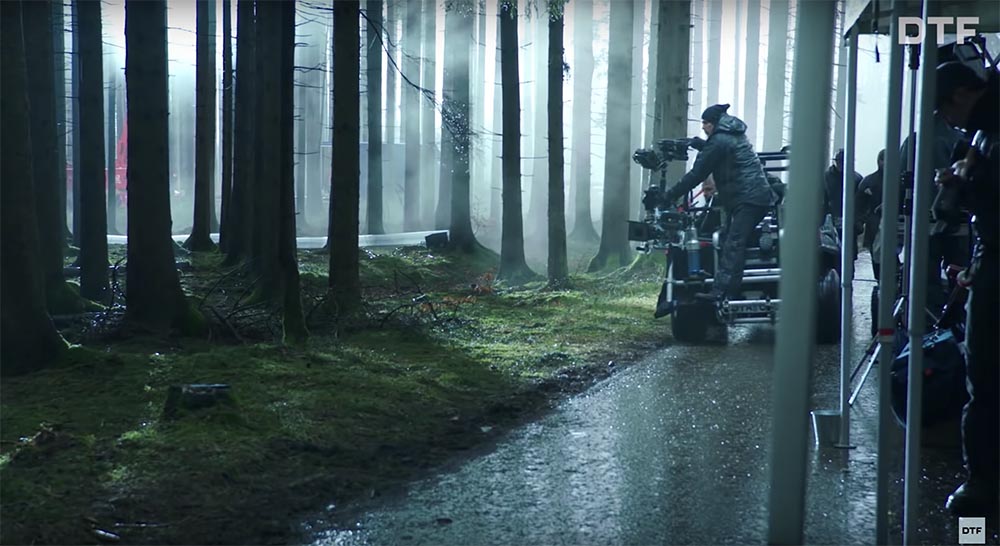

It remains only to observe where progress will lead art this time. Maybe all author’s cinema will soon completely leave the cozy halls of cinemas for streaming services. Maybe streaming will put an end to the protracted era of blockbuster movies.
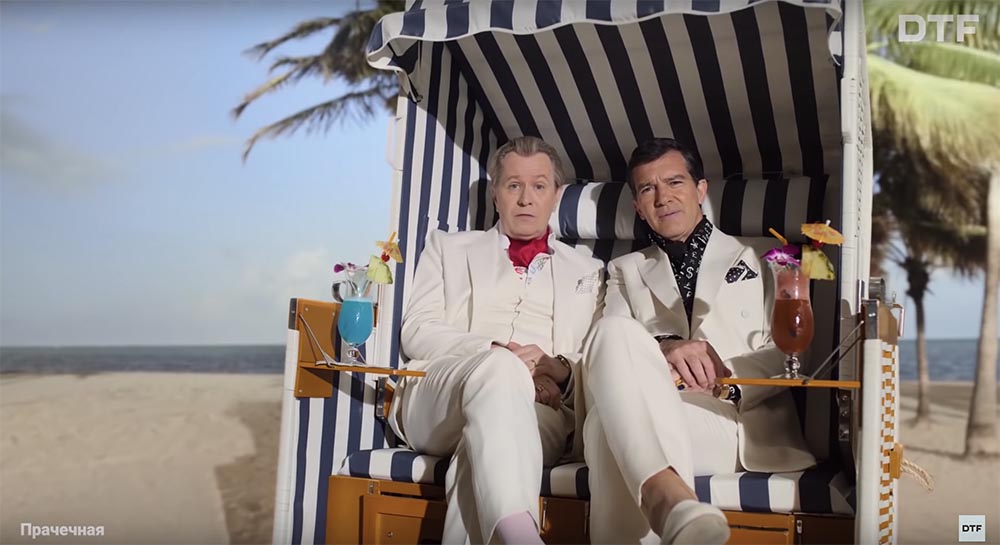
Or maybe something else will happen ... But it will happen for sure. In 2019, the number of Netflix viewers began to fall for the first time from zero, and the company is clearly not going to just sit and watch.
In the end, sitting and watching is our work, the viewers.
Thank you for staying with us. Do you like our articles? Want to see more interesting materials? Support us by placing an order or recommending it to your friends, a 30% discount for Habr users on a unique analog entry-level server that we invented for you: The whole truth about VPS (KVM) E5-2650 v4 (6 Cores) 10GB DDR4 240GB SSD 1Gbps from $ 20 or how to divide the server? (options are available with RAID1 and RAID10, up to 24 cores and up to 40GB DDR4).
Dell R730xd 2 times cheaper? Only we have 2 x Intel TetraDeca-Core Xeon 2x E5-2697v3 2.6GHz 14C 64GB DDR4 4x960GB SSD 1Gbps 100 TV from $ 199 in the Netherlands! Dell R420 - 2x E5-2430 2.2Ghz 6C 128GB DDR3 2x960GB SSD 1Gbps 100TB - from $ 99! Read about How to Build Infrastructure Bldg. class c using Dell R730xd E5-2650 v4 servers costing 9,000 euros for a penny?